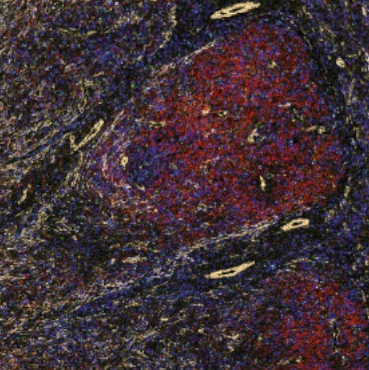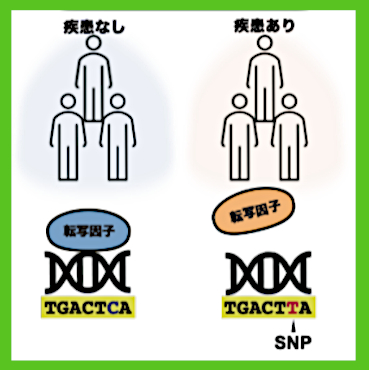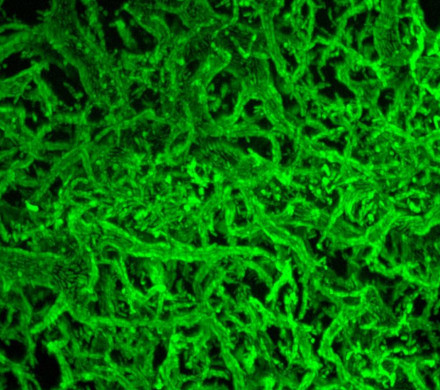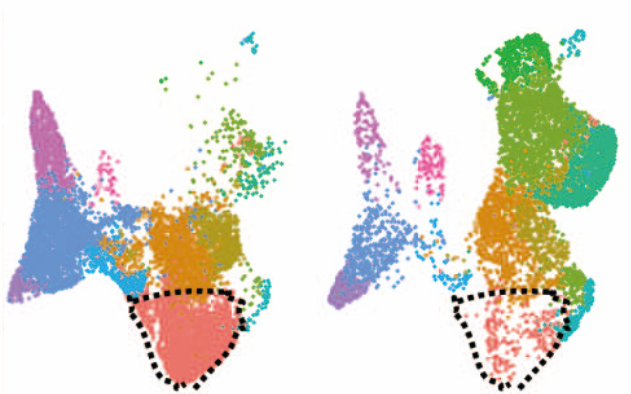In T follicular helper cell lymphoma, a type of blood cancer, each cancer cell is highly heterogeneous even within the same patient, and the accumulation of genetic and chromosomal abnormalities accelerates the evolution of cancer cells. We revealed that cancer cells and surrounding immune cells cooperate to create an immune evasion environment that contributes to treatment resistance.
T follicular helper cell lymphoma (TFH lymphoma) is a subgroup of blood cancer, but no standard treatment has been established and the prognosis is often poor. One of the reasons why treatment is difficult is due to variation in cancer cells between and within patients (tumor cell heterogeneity), which means each cell responds differently to treatment and that cancer cells stubborn to treatment potentially survive and proliferate. Additionly, it is thought that in cancer tissue, the interaction between cancer cells and surrounding immune cells create an environment favorable for cancer cell survival (cancer-immune microenvironment), which is also believed to be a contributing factor to the acquisition of treatment resistance. However, these findings had not been fully elucidated in TFH lymphoma until now. This study clarified and comprehensively analyzes cancer cells and immune cells in TFH lymphoma using single-cell level gene expression/mutation analysis and spatial analysis technology and obtained an overall picture of the characteristics of cancer cells and the immune microenvironment.
Results show that cancer cells in TFH lymphoma exhibit much more pronounced tumor cell heterogeneity than previously thought, that the accumulation of genetic mutations and copy number mutations promotes clonal evolution of cancer cells, and that TFH lymphoma becomes an immune-evasive environment due to increased similarity and cell proliferation characteristics, and interactions between cancer cells and immune cells. This contributes to treatment resistance. Furthermore, we also identified PLS3 as a new marker molecule that is specifically expressed in TFH lymphoma.
The results of this research will lead to the development of new treatments that target the network between immune cells and cancer cells and is expected to be applied to therapeutic development strategies for rare cancers other than TFH lymphoma. (Translated from University of Tsukuba Website - Press Release)
→
Leukemia 【DOI】 10.1038/s41375-023-02093-7
Tumor heterogeneity and immune-evasive T follicular cell lymphoma phenotypes at
single-cell resolution.
→ Research Outline (PDF In Japanese language)
Assistant Professor Ryo Fujita of Transborder Medical Research Center (TMRC) received the 2023 University of Tsukuba Young Faculty Member Encouragement Award for "Outstanding Achievements and Contributions for Improvement of Research Capabilities" at University of Tsukuba. He also received the "2023 University of Tsukuba Faculty of Medicine Award for Excellence".

Researchers in the Center for Artificial Intelligence Research and Department of Bioinformatics, Institute of Medicine, at University of Tsukuba, have constructed a new basic data called the “MOCCS profile” of base sequences bound by transcription factors that control human gene expression. Furthermore, they revealed that transcription factors have specific binding sequences for each type of cell and by applying this profile, they established a method to evaluate the effects of genetic variation on DNA binding of transcription factors.
The characteristics of the diverse cells that make up the human body are manifested by differences in gene expression. This control of gene expression is made possible by transcription factors bound to specific base sequences on the genome. It is difficult to clarify the sequences to which transcription factors bind (transcription factor binding sequences) for each cell type, and which are important for elucidating the control mechanism of each gene expression. Until now, the overall picture of transcription factor binding sequences including commonalities and diversity across transcription factor types and cell types had not been clarified.
Researchers used large-scale data on binding sites of human transcription factors to construct new basic data on transcription factor binding sequences, “MOCCS profiles,” and analyzed transcription factor binding sequences across transcription factors and cell types. They conducted analysis of the data and the results revealed that approximately half of the transcription factors analyzed had specific binding sequences for each cell type. Furthermore, by applying MOCCS profiles, researchers developed an index that predicted the influence of single nucleotide polymorphisms (SNPs) on DNA binding of transcription factors. It was shown that it was possible to properly assess the impact.
The MOCCS profile constructed during analysis could be combined with epigenomic data, etc, to help understand cell type-specific gene expression control mechanisms and to evaluate the impact of somatic mutations that occurred in cancer cells on the binding of transcription factors. It is expected that the MOCCS profile can be used in many fields. (Translated from “Tsukuba Journal” - Press Release in Japanese Language - University of Tsukuba Website )
→ Publishing Journal -
BMC Genomics 【DOI】10.1186/s12864-023-09692-9
"Transcription factor-binding k-mer analysis clarifies the cell type dependency of binding specificities and cis-regulatory SNPs in humans."
Compelling Results Award - 2023 ISS Research Awards
Awarded Aug 31, 2023

Professor Satoru Takahashi and the MHU Mission Team were awarded the 2023 ISS Research Awards, “Compelling Results Award” for research on the “Small Animal Breeding Mission under Artificial Moon Gravity”, aboard the International Space Station (ISS).
Each year, the ISS Research Award is announced during the ISS Research and Development Conference (ISSRDC: ISS National Laboratory, NASA, and American Astronautical Society) in the USA. The award is recognition for research and innovation that achieves outstanding research results aboard the International Space Station.
The MHU mission has conducted long term rearing of small animals on the ISS under artificial lunar surface gravity and revealed for the for the first time that the homeostasis of mouse skeletal muscle, which is regulated by gravity loading, is qualitatively and quantitatively controlled by different gravity thresholds.
Furthermore, the team identified a previously unknown transcription factor that directly induces fast-twitch muscle fiber.
→ More information JAXA Website (External Link)
Biofilms Enhance Oil Degradation By Interfacial Tubulation
Researchers from the University of Tsukuba in collaboration with French researchers have discovered that oil-degrading bacteria, widely found in the ocean, grow around oil droplets forming dense communities at the oil-water interface. These communities cooperate to bend and buckle the oil interface, which enlarges its area and thereby allows more bacterial cells to come into direct contact with the oil for efficient oil degradation. … Read more –> (University of Tsukuba Website - Press Release)
→
Journal Publication - Science 【DOI】 10.1126/science.adf3345
Alcanivorax borkumensis Biofilms Enhance Oil Degradation By Interfacial Tubulation.
→ Research Outline (PDF In Japanese language)

Assistant Professor Ryo Fujita of Transborder Medical Research Center (TMRC) received the Young Investigator's Award Grand Prize at the 9th Annual Meeting of the Japanese Society of Muscular Research. The award was presented for his research on a new skeletal muscle stem cell regulatory mechanism using MyoD knock-in mice successfully created in 2023 (https://doi.org/10.1016/j.isci.2023.106592).
The Young Investigator's Award was presented for the best research at the 9th Annual Meeting of the Japanese Society of Muscle Biology. This award recognizes young investigators who have greatly contributed to research and development in the muscle biology field.
→ The 9th Annual Meeting of the Japan Muscular Dystrophy Society Website (website in Japanese language only)
→
Japan Muscular Dystrophy Association (website in Japanese language only)
Transboder Medical Research Center Seminar (Event Completed)
Co-sponsored by: TSMM, Tsukuba Regenerative Medicine and Cell Therapy Conference
Presenter: Christian Steidl
Lymphoid Cancers: The importance of the tumor microenvironment
Centre for Lymphoid Cancer, British Columbia Cancer
Department of Pathology and Laboratory Medicine, University of British Columbia
Innovation Building, 8th Floor, University of Tsukuba.
July 19th, 2023,
18:00 - 19:00
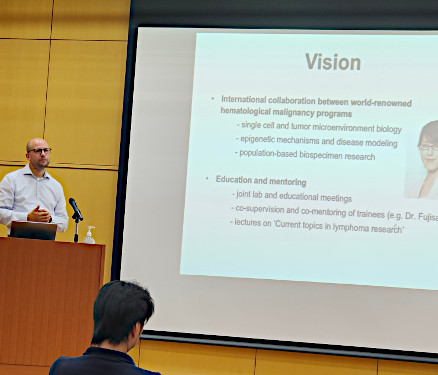
Lymphoid cancers represent a heterogeneous group of neoplasms composed of malignant lymphoid cells with variable infiltration by non-neoplastic, mostly immune cells (tumor microenvironment).
The tumor microenvironment is increasingly recognized to play a pivotal role in the pathogenesis of many lymphoma subtypes. However, the clinical potential of an improved understanding of related biology remains largely untapped. Past discovery and functional studies by our group and others have pointed to the pathogenic importance of acquired immune privilege and altered cellular crosstalk between cells in the tumor microenvironment driven by somatic gene alterations.
The genomic changes discussed in this lecture can be broadly categorized according to the effect that they exert on the tumor microenvironment:
1) Loss or down-regulation of (surface) molecules leading to decreased immunogenicity of tumor cells;
2) Increased expression of surface molecules suppressing immune cell function;
3) Recruitment or induction of a regulatory cellular milieu. The discovery of gene mutations underlying immune privilege, downstream functional consequences, biomarker development and clinical rationales for therapeutic intervention will be discussed in the context of specific lymphoma subtypes.
Large Maf transcription factor family is a major regulator of fast type IIb myofiber determination

Tsukuba, Japan—Different types of exercise encourage the formation of different types of muscle fibers, or the cells that make up your muscles. Slow twitch muscle fibers support endurance activities like long-distance running, while fast twitch fibers are needed for short, powerful movements such as those involved in heavy weight lifting. Now, researchers in Japan have shed new light on a family of proteins involved in the development of these ...
Read more (University of Tsukuba Press Release)...
→
"Large Maf transcription factor family is a major regulator of fast type IIb myofiber determination."
→ Research Outline (PDF In Japanese language)
Chemically defined cytokine-free expansion of human haematopoietic stem cells
Researchers from the University of Tsukuba develop a system for effectively growing large numbers of blood stem cells outside of the human body
Tsukuba, Japan—Hematopoietic stem cells (HSCs) are important immature blood cells in bone marrow that can be triggered to develop into any blood cell type. HSC transplants can be used to treat conditions where bone marrow is damaged and no longer able to produce healthy blood cells, but the widespread and safe use of HSCs is limited by barriers to cell growth and expansion in the lab (i.e. ex vivo). Now, a team led by researchers at the University of Tsukuba has established a novel culture system that supports long term ex vivo expansion of HSCs…
→
Nature 【DOI】 10.1038/s41586-023-05739-9
Chemically defined cytokine-free expansion of human haematopoietic stem cells.
→ Research Outline (PDF In Japanese language)
(Note: Text has been auto translated from Japanese language.)
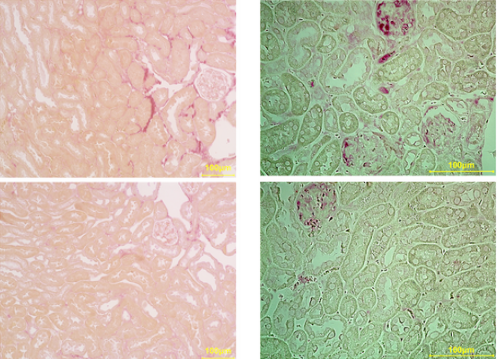
This study discovered that whole-body deletion of c-Maf in adult mice models of diabetes and associated renal damage ameliorated hyperglycemia and renal damage caused by diabetes and reduced oxidative stress in the kidney, is one of the main causes of renal damage. In other words, controlling timing of c-Maf expression could improve diabetes and chronic kidney disease, suggesting that targeting c-Maf could lead to the development of novel therapies for diabetes and chronic kidney disease.
→
"Transcription factor c-Maf deletion improves streptozotocin-induced diabetic nephropathy by directly regulating Sglt2 and Glut2."
→ Research Outline (PDF In Japanese language)
